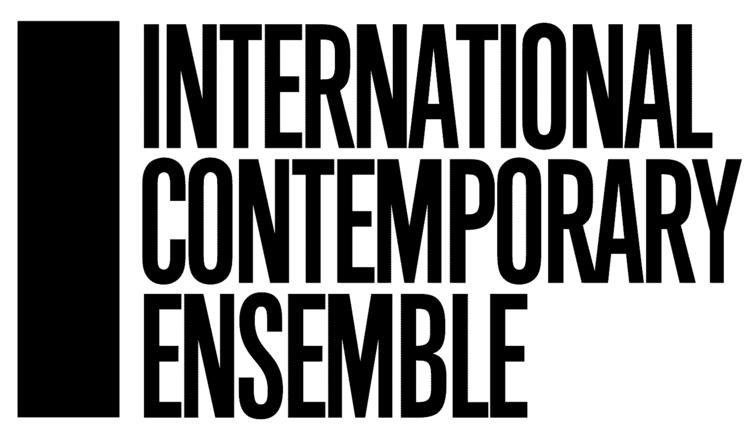by Arlene and Larry Dunn (@ICEfansArleneLD)
psssst. psssst. did you know that david lang, yeah that david lang, composed a work that is so quiet, so intimate, so personal, that the audience needs to be right there among the musicians to hear it? it’s called the whisper opera, and it was one of the most poignant afternoons of music we have ever experienced.
Five members of ICE and David Lang took us on this otherworldly musical trip on Sunday afternoon, June 2, 2013 at the Museum of Contemporary Art in Chicago. Production designer and director Jim Findlay crafted a minimalist set of four raised white square stages connected to each other by narrow bridges and bordered with ceiling to floor translucent white flowing curtains. Audience members sat on the inside edges of each stage-square, at floor level, so that our heads and shoulders were at stage level. The inside edge positioning also insured that our view would be restricted primarily to the square we were facing. We had to rely on our peripheral senses to capture the rest of what was going on around us. Each stage-square had a single large suspended cymbal quite close to the floor and a large bass drum hanging from the girders over one of the inside seating channels. Other instruments — flutes, clarinets, and glockenspiel, and other percussion — were placed where the musicians would play them.
After we were all directed to our seats, and exchanged some good-natured banter about our unusual circumstances, the lights suddenly darkened. Ross Karre, Joshua Rubin, Kivie Cahn-Lipman, and Claire Chase ascended the stage at back left and noiselessly promenaded on stockinged feet to their assigned stage-squares. Each crouched near a cymbal and began running their fingers along the top so quietly we could hardly hear it. They began whisper-chanting, as if some sort of mantra, barely audible. Soon we could hear soprano Tony Arnold lightly humming from off-stage. As she entered from back left, the other musicians took up their instruments and began to play sequences of simple melodic fragments that gradually passed from player to player around the stage.
Tony gracefully ambled from square to square whispering the near-nonsense phrases David had collected from web queries on fragments such as “when I am alone I always...” and “they said I was crazy but I...” and “when I think of you I think of...” Intermittently the other four would stop playing and join Tony in the whispered recitations, but each of them were slightly out of phase with the others so that there was a disconcerting jumble effect. They also each shifted their gaze from time to time, engaging individual audience members at their feet with intimate eye contact. The program unfurled for about an hour, ever so slowly gaining in volume and understandability of the words, until Tony sang the final segment “it’s not my fault that I am so...” from off-stage, with more persistent instrumentation.
the whisper opera was unlike any musical event we’ve ever experienced. We were immersed in a cocoon of extremely quiet sounds and it felt like we were in a dream or voyeurs watching someone else’s dream. Some of the repeated phrases were like those songs you can’t get out of your head and you keep hearing in that semi-conscious state just before you slip into sleep.
David wrote in the program notes “. . . the score to the whisper opera states clearly that it can never be recorded, or filmed, or amplified. The only way this piece can be received is if you are there, listening very, very closely.” Only those of us who were there can truly appreciate that. We are unsure who but ICE would take on such a risky, intimate, groundbreaking project where the musicians play, but also move, act, whisper, and sing. One where the object is to appreciate the vulnerability of nearly inaudible sounds.

